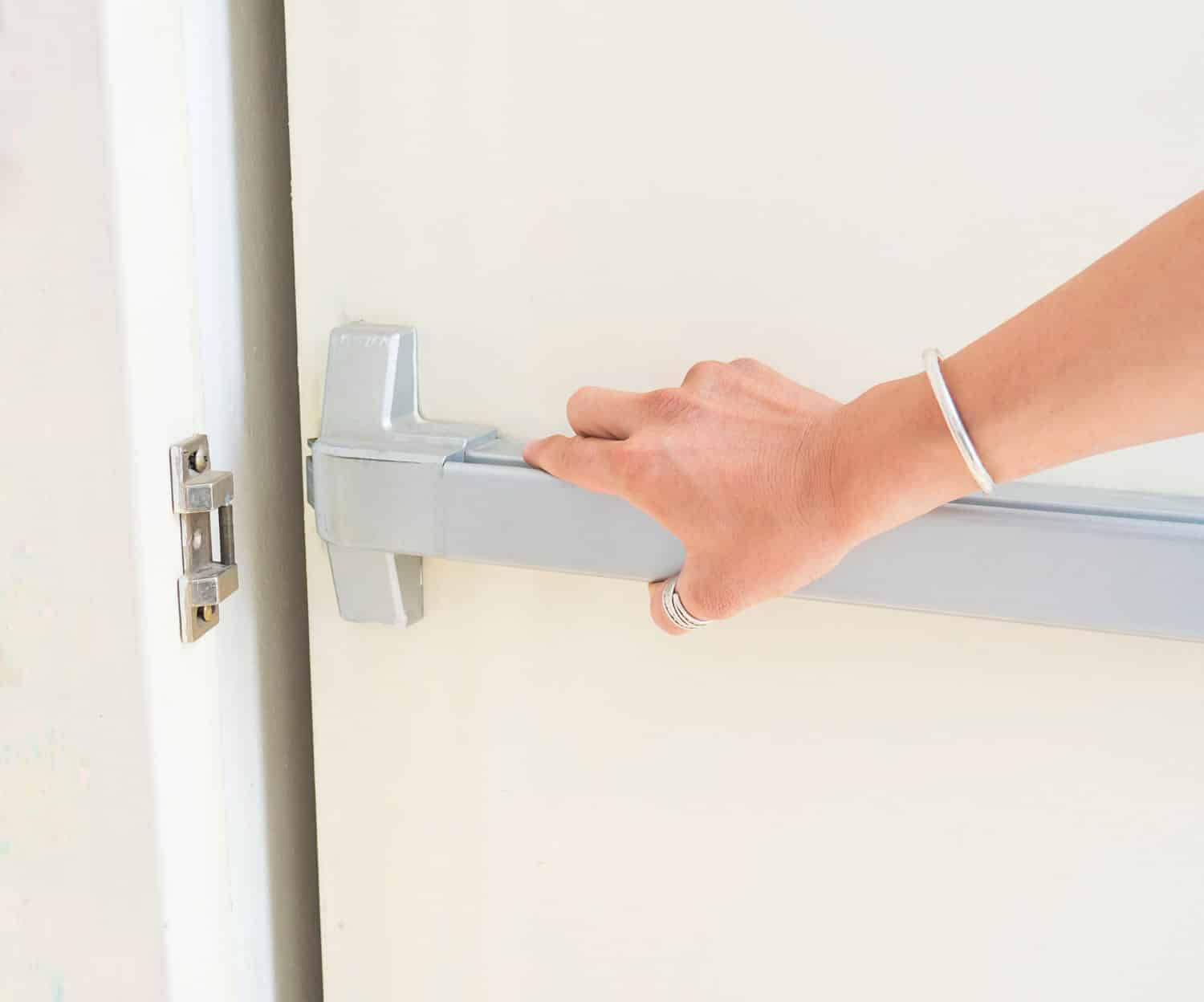Getting rid of stuff can be really hard, even if you’re not exactly a hoarder. It’s so hard for so many of us, in fact, that scientists have studied why that is—and how to overcome an aversion to decluttering our lives. Just in time for spring cleaning season, recent research published in the Journal of Consumer Psychology suggests there’s an way to ease yourself into parting with old belongings: Instead of throwing them out all at once, banish them to purgatory first.
Why you should put your clutter in “purgatory”
The researchers, Mathew S. Isaac and Poornima Vinoo, kicked off their paper by explaining, in more technical language, that people who
struggle to part with their possessions tend to
jump through hoops to avoid doing it
and may only manage to do so by employing “various behavioral strategies” to ease the psychological strain. One such strategy
that has proven useful for some, the researchers note, is relegating unnecessary but hard to part with items to “out of sight” status, in the hopes that they will then drop out of mind and can be later disposed of, minus the hand-wringing.
“According to ethnographic research, one such strategy is to move products into purgatories, or temporary liminal spaces,” they write.
OK, sure, but what does that look like in practice
? B
efore throwing out your old photos, books,
receipts, mementos, or knick knacks for good,
put them into a space somewhere between your everyday environment and the trash. Essentially, you should banish things you think you should probably get rid of to a box or a junk
drawer where you won’t access them, but you’ll
know they’re still around. Once you no longer have to look at them every day, you’ll hopefully realize how little you actually need them once it’s time for a major purge, and
they’ll be easier to donate, sell, or trash for good.
Why this method works to help you get rid of your junk
Isaac and Vinoo reviewed three existing studies that indicated moving items into “purgatories” helps people brace for the inevitability of disposal. However, their research uncovered a new reason it works, and it has nothing to do with a reduction of attachment. “Specifically, purgatories are shown to trigger mental simulation of the product disposal process, thereby helping product owners brace for the looming loss of their product,” they write.
In simpler terms, when you condemn an item to its purgatory, it’s like practice for throwing it away for real. Think of it as a trial run. So, not only will you be lessening your attachment to physical objects in a gradual way, you’ll be rehearsing for the moment when you actually junk them permanently.
How to get started putting your excess stuff into purgatory
The next time you’re cleaning your space, make a separate pile of things you think you could get rid of, even if you aren’t quite ready to pull the trigger yet
. You don’t have to commit to throwing them all away, but this will get you thinking about the possibility.
Old clothes you don’t fit into anymore
single-use
kitchen tools you haven’t picked up
in ages
and toys your kids have aged out of—all can go into purgatory
but
make sure
“
purgatory”
is someplace you
won’t have to look at them every day
. The idea is to forget what’s in there, if you can.
Put the
box deep in a closet, down in the basement,
or on
a shelf in the garage. For maximum efficiency, use separate boxes for things that won’t
be useful to anyone else,
and things that could reasonably be donated.
Challenge yourself not to venture into purgatory except to put more stuff in there—
but take heart knowing the research shows you probably won’t even want to. Set a reminder in your phone for a month from now,
and on that day, transport
the items
to their
final destination, whether that’s the trash or the donation center.
Note: This article have been indexed to our site. We do not claim legitimacy, ownership or copyright of any of the content above. To see the article at original source Click Here













